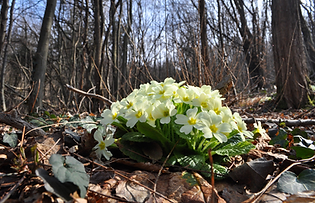
Have you ever been lucky enough to have walked in a woodland area in late February or early March and noticed mounds of beautiful low growing blossoms? If they were yellow, pink, purple, red or white with deep green foliage, they were probably carefree and exceptionally hardy Primroses. These dainty blossoms on 6 inch stems can be found naturally scattered throughout shaded areas in zones 5 through 8.
Primrose’s enchanting flowers are quite easy to grow if you purchase the correct variety. They look wonderful in gardens or containers and bordering paths or growing naturally in your lawn. Enjoy these early risers every spring by planting primroses outdoors now.
(Some of the links within this post are affiliate links on which I receive a small compensation from the sale of certain items with no added expense to you.)
(As an Amazon Associate I earn from qualifying purchases.)
Planting Primroses Outdoors
Understanding Scientific Jargon-Trivia Information
Primrose flowers are in the family Primulaceae. In the hierarchy of biological classification, after family comes genus. Primula is the genus that includes Primrose and Polyanthus. If you see an “x” in the name of the flower, it represents a hybrid. The single “P.” represents genus Primula. Sp now you understand some scientific jargon!
Primrose flowers (Primula) are dainty flowers that grow in partially shaded areas. Some varieties do well in full sun, however, they will only survive if the summer temperatures do not exceed 80 degrees F. and receive shade in the heat of the day.
Most Primroses are perennials that have rhizomes. For more on rhizomes, read What is a Rhizome?
This article will concentrate on the Primrose and Polyanthus members of the genus Primula, which are hardy, herbaceous perennials.
Primroses have individual flowers growing on their own stalks that grow from the center of their leaves. In contrast Polyanthus have sturdy, long stalks with dense umbel flowers or single stalks.
Definition/Umbel
Umbel refers to a “flower cluster in which stalks of nearly equal length spring from a common center and form a flat or curved surface”, according to Oxford Languages.
Which Kind of Primroses to Purchase?
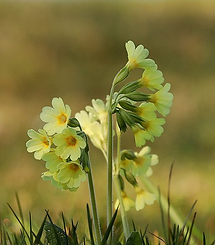
In early March you are likely to see Primroses being sold at supermarkets. They are considered “florist Primrose” which are specially hybridized as annuals. These will not withstand harsh winters and are not good for naturalizing in your garden.
Rather than purchase these Primroses, I suggest purchasing the hardier varieties from nurseries and garden centers.
In early March you are likely to see Primroses being sold at supermarkets. They are considered “florist Primrose” which are specially hybridized as annuals. These will not withstand harsh winters and are not good for naturalizing in your garden.
Rather than purchase these Primroses, I suggest purchasing the hardier varieties from nurseries and garden centers.
In order to achieve continuous blooming Primroses, plant a variety of them in your garden. Select varieties according to their bloom time.
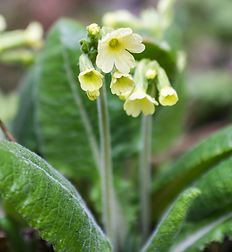
List of Hardy Primrose Flowers From Europe and Japan
P. sieboldii (Zones 3 to 8)
oming Primroses, plant a variety of them in your garden. Select varieties according to their bloom time.
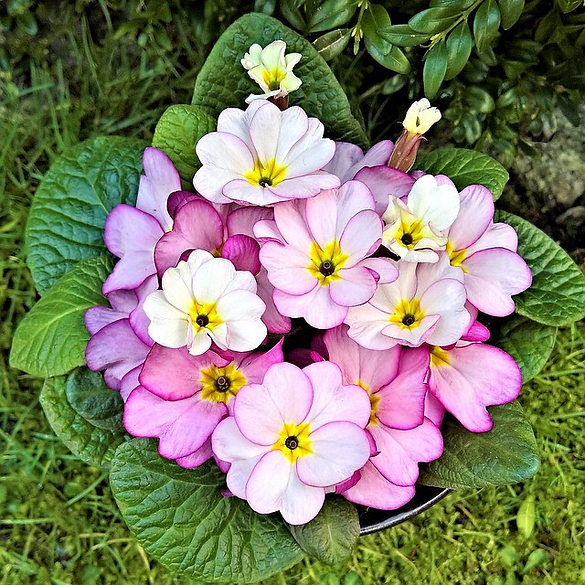
P. kisoana (Zones 2 to 8)
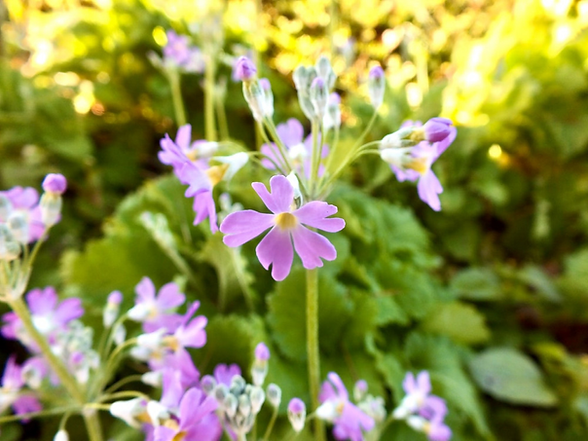
P. acaulis “Zebra Blue” (Zones 4 to 8)
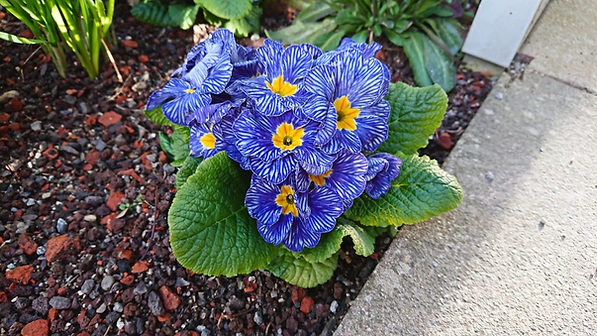
Where To Plant Primroses and When They Will Bloom
Plant your Primrose flowers where there is either morning sun, late afternoon sun, or under a canopy of deciduous trees. If you plant them under an umbrella of trees they will bloom before the leaves are fully developed. Primrose flowers will bloom from early March to late May depending on the variety.
The Polyanthus variety is an early bloomer. You can easily identify the Polyanthus variety because they typically have flowers on top of longer stems. However, their blooming time depends on the weather conditions. If you have a cold hard winter, the blooms will be a little delayed. But if your winter is milder, they will begin blooming in early March.
Soil and Planting
Primrose P. flowers thrive in moist, organic, well-drained soil. If you compost your own organic material, add some compost, rotted leaves and aged cow manure to the area where you want to plant these flowers.
Plant the flowers 6 to 12 inches apart and 4 to 6 inches deep. Water thoroughly after planting and add mulch to preserve moisture.
Water
Lack of water is the reason many Primrose plants do not survive in warm, hot summers. Therefore, be sure to plant them in the correct area where they do not receive hot, scorching, midday sun. In order to keep the plant moist but not soggy, be sure to add one inch of water a week to your plants during the hottest months. Ease up with the water in the fall.
Fertilizer
Primroses will do better with lightly added organic fertilizer throughout the growing season.
Division of Primroses
In order to keep your Primrose plants healthy and blooming to their fullest potential, they need to be divided every 3 years. This can be done after they have bloomed, especially if you have had a harsh winter. This allows the plant time to become established. However, be sure to water the newly planted flower regularly and protect it from harsh sunlight.
Primroses can also be divided in the fall if your winters are mild.
Remove the plant from the ground. Gently shake out some soil. Carefully pull the plant apart making numerous clumps. Cut off any dead looking rhizomes. Transplant them.
Below is a video on dividing Primrose. It is a simple process.
Toxic to Pets?
According to the ASPCA, Primrose vulgaris (the common Primrose) is toxic to cats, dogs, and horses. The toxicity properties are unknown and can cause mild vomiting if ingested.
Facts About Primroses
- The name Primrose is derived from a late Latin form prima rose meaning the “first” (feminine form) “rose”. It is an appropriate name since Primrose is one of the first blooming perennials in the spring.
- In the United Kingdom April 19 is celebrated as Primrose Day.
- Primrose leaves and flowers are edible and used in salads.
- Young Primrose leaves have been used in the production of wine.
- Dried Primrose leaves can be used to steep in tea.
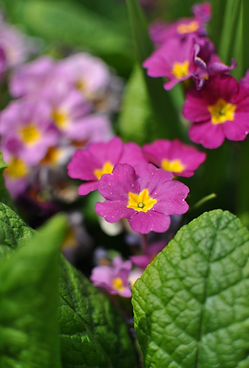
- In the past, Primrose was often used to aid gout, paralysis, and rheumatoid arthritis.
- In the Middle Ages, Primrose was used in magic potions.
Folklore in Ireland
Primrose is a wildflower of Ireland and can be found in Glendalough, County Wicklow. Some Irish folklore states ‘Guard the house with a string of primroses on the first three days of May. The fairies are said not to be able to pass over or under this string.’ From the National Folklore Collection, University College Dublin. This saying was believed when Fairies were feared.
Currently, Primrose is used in Ireland to attract Fairies, which are now considered harbingers of good luck. Consequently, Primroses are now considered the flowers of love and good fortune and are placed on the thresholds of houses to welcome spring.
Conclusion – Plant Primroses Outdoors
Primroses are the beginning of spring. They remind us that the long hard days of winter will soon be behind us. Plant beautiful Primroses outdoors and you will see and feel an awakening of nature in your own backyard.
I hope you have learned a thing or two about Primroses. Please leave a comment below. I’d love to hear from you. Also, share it with others!
Happy Gardening,
Nina


